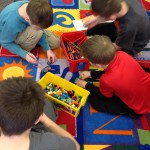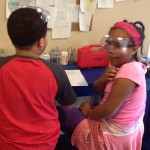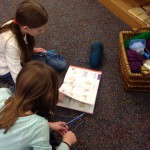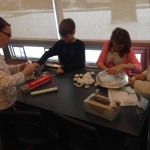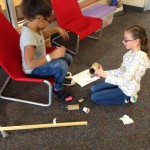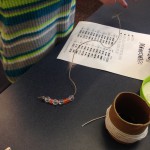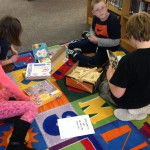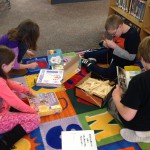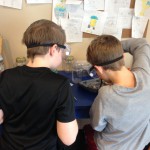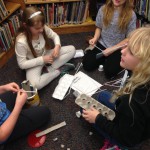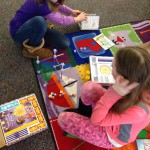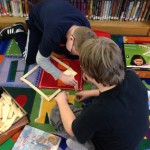Did you know…Among the digits of pi currently known, the concentration of each of the digits 0-9 are pretty close to equal. However, in the first 30 places of pi’s decimal expansion, there is a digit is completely missing? Which digit is it?
Spark your math thinking!
1. Set up your math mini spark recording page: #17: Pi Numbers
2. Below you will see the first 98 digits of pi. Record the number of times each digit appears. Which digit is not used in the first 30 places? Record your discovery on your recording page.
3.14159265358979323846264338327950288419716939937510582097494459230781640628620899862803482534211706
3. Take this Pi Day trivia quiz If you use a website to find an answer, make sure to note that on your recording sheet.
4. Memorize 100,000 digits of pi using this site: http://www.geom.uiuc.edu/~huberty/math5337/groupe/digits.html OK…that might be a little extreme, but try to memorize at least 30 places. If you can do 30 already stretch it further.
3.141592653589793238462643383279502884197169399375105…
5. Read this article with Pi facts. Record several new ideas on your recording sheet.
6. Discover the circles around us by posting a Circle Selfie to this Padlet Wall: http://padlet.com/spady_lynn/piday16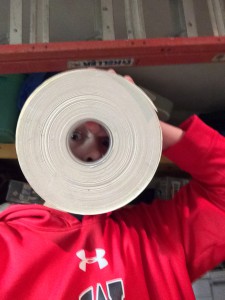
7. Share your math mini spark recording page with your teacher/EY coordinator.

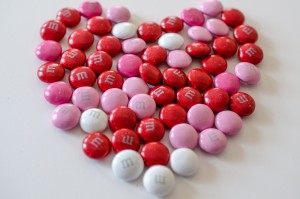
 Circles are EVERYWHERE, and wherever there are circles, there’s math to be done!
Circles are EVERYWHERE, and wherever there are circles, there’s math to be done!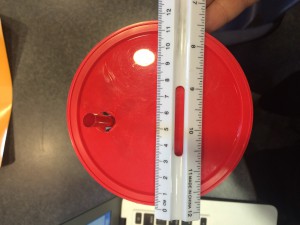
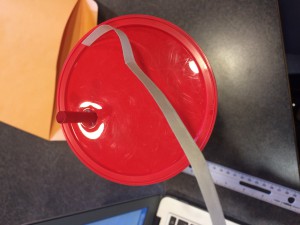
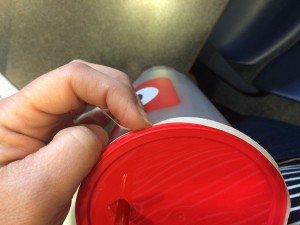
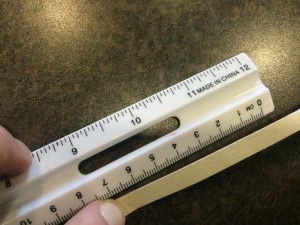
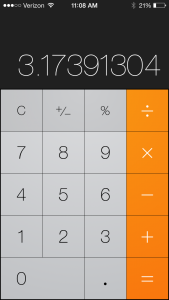
 Learn about how Pi relates to cylinders, cones, and spheres in this math mini spark.
Learn about how Pi relates to cylinders, cones, and spheres in this math mini spark.
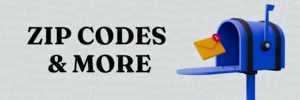
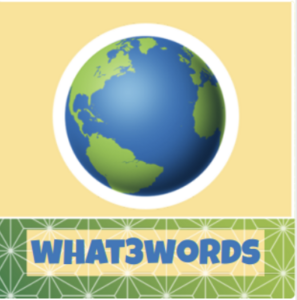
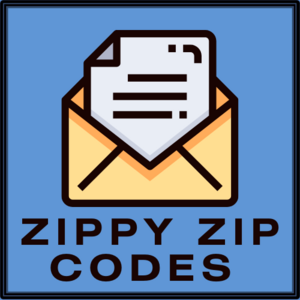
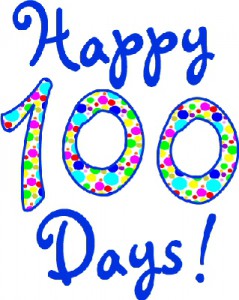
 A story starter is one specific type of writing prompt that you can use when you need an idea for a story. In this mini spark, you will find writing starters and comic starters that go along with the Dav Pilkey series: Dog Man, Cat Kid, and Captain Underpants.
A story starter is one specific type of writing prompt that you can use when you need an idea for a story. In this mini spark, you will find writing starters and comic starters that go along with the Dav Pilkey series: Dog Man, Cat Kid, and Captain Underpants.






